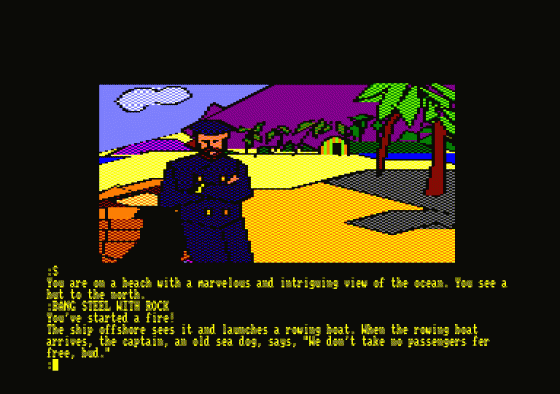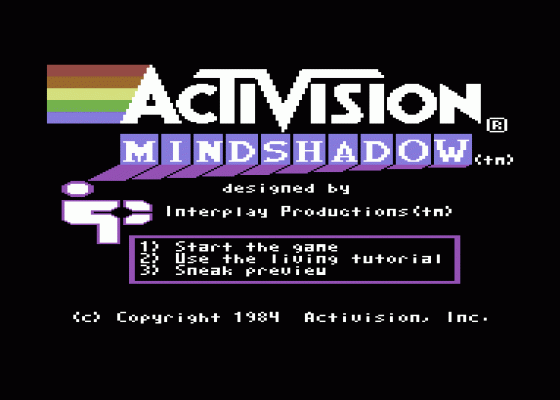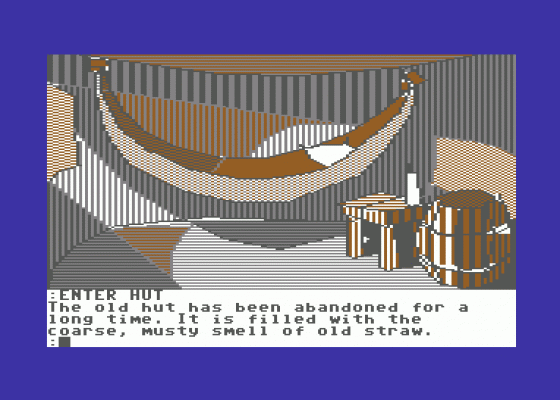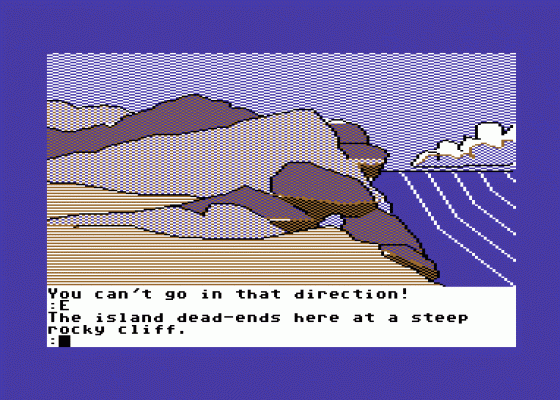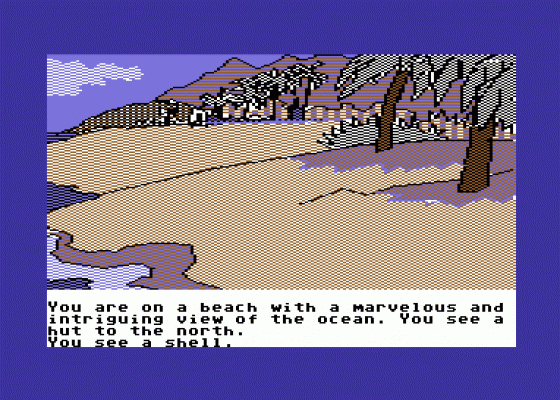Other Reviews Of Mindshadow For The Commodore 64/128
Mindshadow
A review by Bryan Skinner (Personal Computer News)
Mindshadow (Activision)
A review by A.W. (Home Computing Weekly)
Mindshadow (Activision)
A review
Mindshadow (Activision)
A review
Mindshadow (Activision)
A review by Keith Campbell (C&VG)


 1st March 1986
1st March 1986

